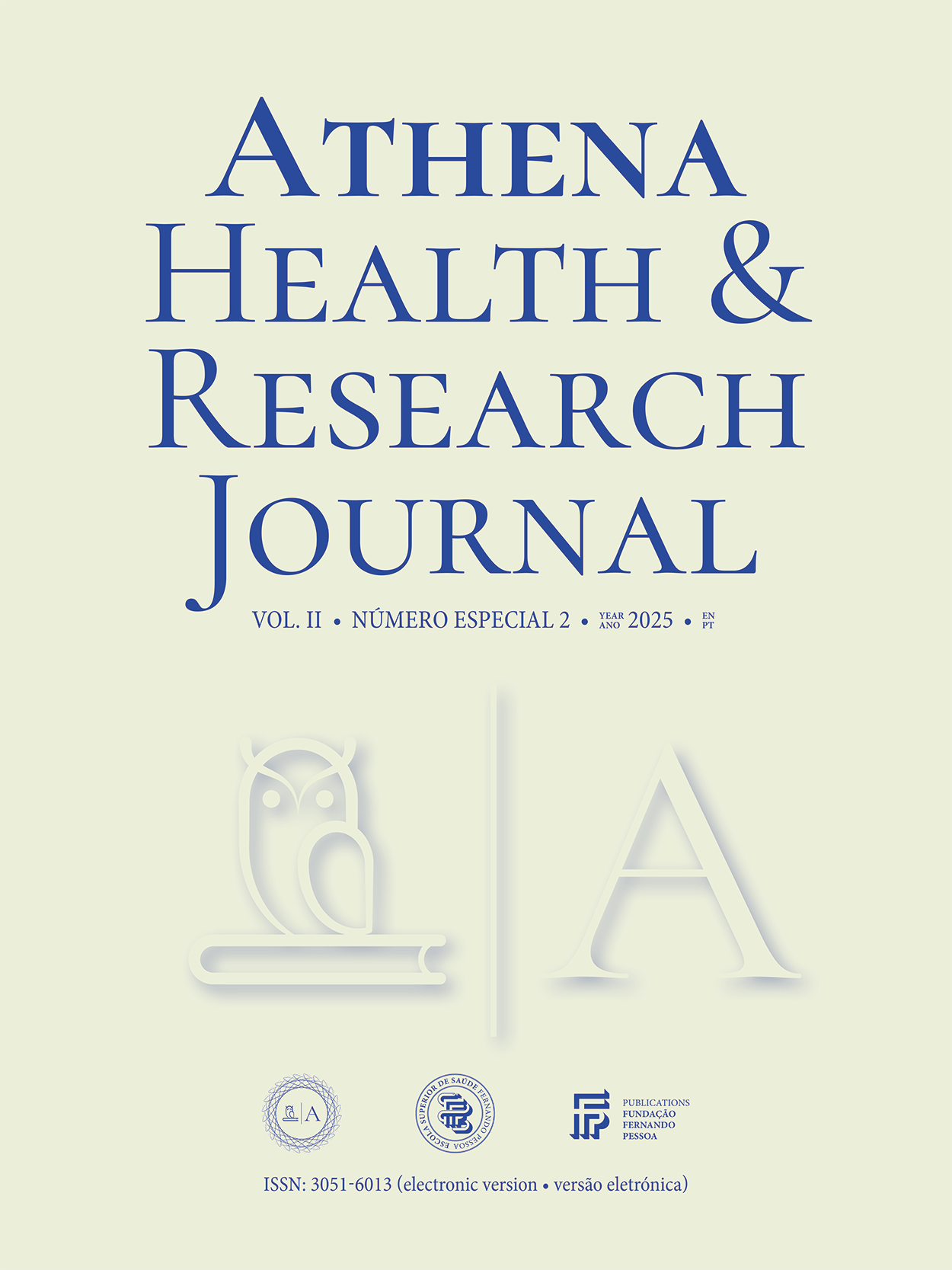The role of exosomes in the biology of aging: a literature review
DOI:
https://doi.org/10.62741/ahrj.v2iSuppl.%202.108Keywords:
aging, cosmetics, exosomes, regenerative, medicine, skin, tissue regenerationAbstract
Introduction: The skin, the largest organ of the human body, is vital for separating the internal environment from the external, maintaining internal homeostasis, and protecting the organism from environmental factors that may disrupt this functional balance. Over time, genetic and epigenetic factors contribute to the aging process. The skin is the first to show signs of aging, increasing the demand for aesthetic treatments. One of the procedures that has shown promising results in slowing down aging is exosome therapy.
Objective: Thus, this study aimed to analyze the importance of using these vesicles in promoting skin longevity.
Methodology: Articles were selected according to inclusion and exclusion criteria and their relevance between 2022 and 2024 through a bibliographic search on PubMed and B-On. Keywords used included: “Aging,” “Cosmetics,” “Exosomes,” “Regenerative Medicine,” “Skin,” and “Tissue Regeneration.”
Results: The skin is composed of an epithelial tissue, the more superficial layer (epidermis), and a connective tissue, the deeper layer (dermis). The epithelium is a stratified keratinized squamous tissue, with keratinocytes being the most abundant cell population, responsible for keratin formation and skin barrier function. The connective tissue is organized into a looser, vascularized papillary dermis and a deeper, fibrous reticular dermis. Several cell populations are present in this tissue, with fibroblasts playing a key role in producing and maintaining the extracellular matrix, including collagen and elastic fibers, which provide structure, integrity, and elasticity to the skin. Over time, changes occur in both epithelial and connective tissues, including keratinocyte atrophy and decreased skin hydration, as well as reduced fibroblast metabolism, leading to alterations in the abundance and organization of elastic and collagen fibers. Among the various aesthetic procedures used to combat aging, exosome therapy stands out. Exosomes are small extracellular vesicles (30–100 nm in diameter) produced by nearly all cell types. They can carry a variety of molecules, including DNA, RNA, and growth factors, and mediate extensive intercellular communication. Among the various sources, exosomes derived from stem cells are the most effective in promoting proliferation and stimulating the metabolism of several cell populations, particularly keratinocytes and fibroblasts. Consequently, there is an increase in collagen, elastic fibers, and skin barrier function, giving the skin a more youthful appearance and reducing existing wrinkles.
Discussion: Exosome therapy appears promising in delaying skin aging by stimulating keratinocyte and fibroblast regeneration, increasing collagen and elastic fibers. Despite positive results, further clinical studies are needed to validate application protocols and long-term safety.
Conclusions: Exosome therapy has proven to be an excellent option for addressing skin aging. Through its ability to promote cellular regeneration and tissue repair, combined with other aesthetic procedures, it can effectively reduce the impact of aging. Further studies are needed to expand and deepen its clinical application.
References
NA
Downloads
Published
Issue
Section
License
Copyright (c) 2025 Athena Health & Research Journal

This work is licensed under a Creative Commons Attribution-NonCommercial 4.0 International License.
Copyright of published papers is assigned to the Journal, but all content is licensed under the terms of Creative Commons Non-comercial 4.0 International License. Thus users are allowed to read, download, copy, distribute, print, search, or link to the full texts of the articles, or use them for any other lawful purpose, without asking prior permission from the publisher or the author. This is in accordance with the BOAI definition of open access.














